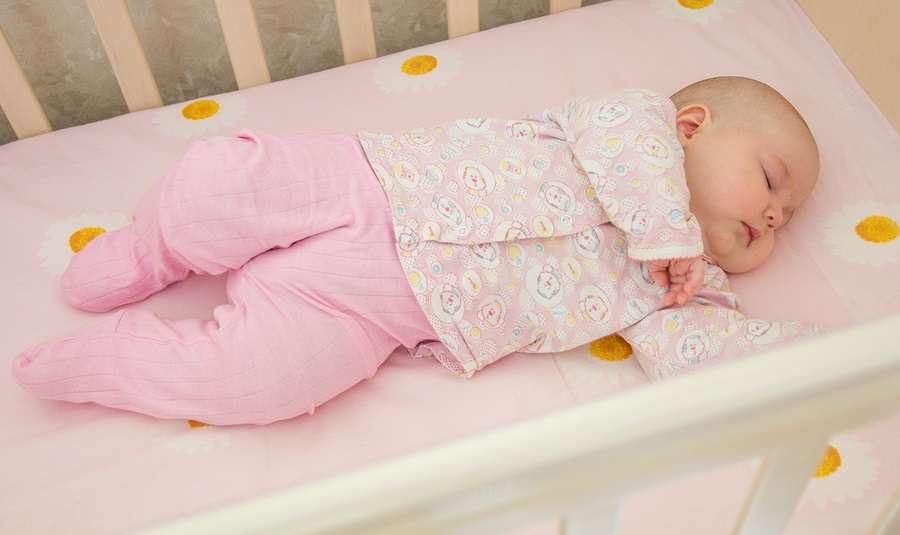The AAP Offers New Guidelines to Help Protect Against SIDS

On Monday, October 24, 2016, the American Academy of Pediatrics (AAP) released revised guidelines focusing on improving SIDS prevention methods. SIDS is one of three types of Sudden Unexplained Infant Deaths (SUID) according to the Centers for Disease Control and Prevention (CDC). It occurs in infants less than one year of age. The cause of death can't be determined despite a thorough investigation, including an autopsy. It's the leading cause of death in the United States for infants ranging from one to 12 months in age, and resulted in about 1,500 fatalities in 2014.
Prevention Techniques
The CDC offers some standard, research-based methods to help prevent SIDS:
- Babies should always sleep on their backs.
- Your baby should sleep in your room but not your bed.
- Babies should sleep only on firm surfaces.
- Pillows, bedding, and other soft objects should be kept out of your baby's sleep area.
- Moms-to-be shouldn't smoke during pregnancy, and new moms should never smoke around their babies or allow anyone else to.
Updated Guidelines
The AAP offers the following updated recommendations to parents to help protect their baby against SIDS:
- Research has shown that proper prenatal care throughout the pregnancy and and breastfeeding for at least six months can help reduce the risk of SIDS.
- Babies should always sleep on their backs during naps and at night until the age of one. Do not let a baby sleep on his side.
- The sleeping surface should be firm. A mattress from a safety-approved crib is ideal.
- Avoid couch cushions and soft pillows. Place a fitted sheet on the mattress.
- An infant should sleep in his parents' room — but not in their bed — for at least the first six months, and ideally for one year.
- The baby's sleeping area should be clear of any loose objects or bedding that could result in suffocation.
- Allow your baby to use a pacifier while napping and at night. If the pacifier falls out, no need to reinsert it. If your baby initially refuses the pacifier, don't force the issue.
- In addition to avoiding tobacco usage, mothers should also avoid alcohol and illicit drugs during pregnancy and after birth.
- Avoid overheating , and avoid covering your baby's face and head.
- Lastly, make sure your baby receives all standard immunization shots. Consult your baby's doctor for the correct timeline.
The entire 2016 guidelines report by the AAP can be found here.

